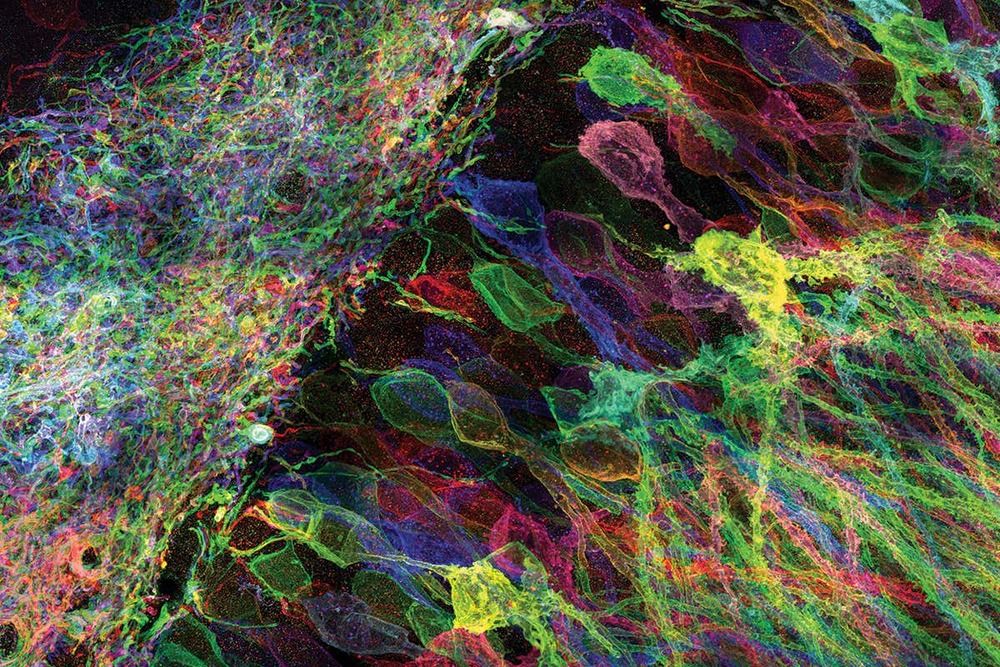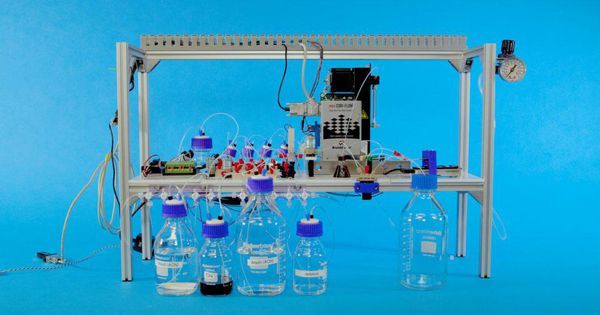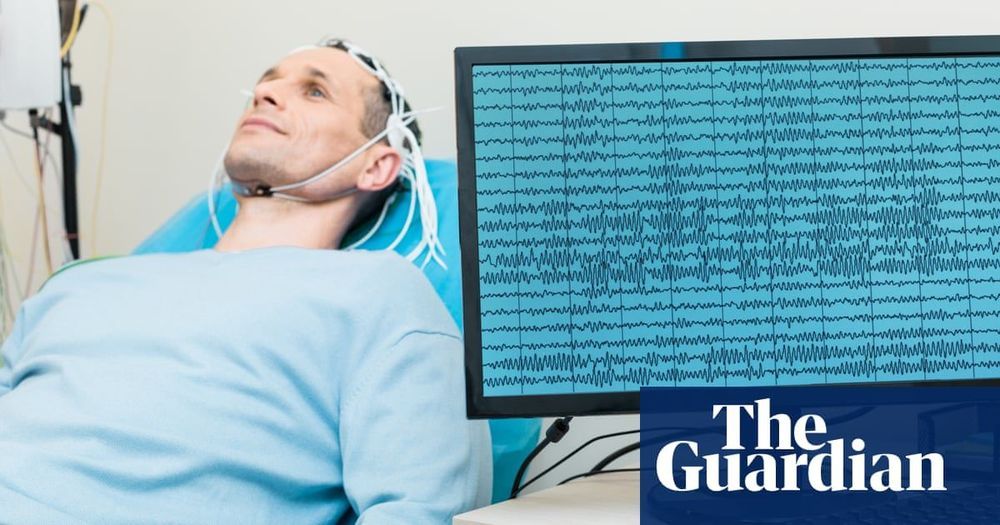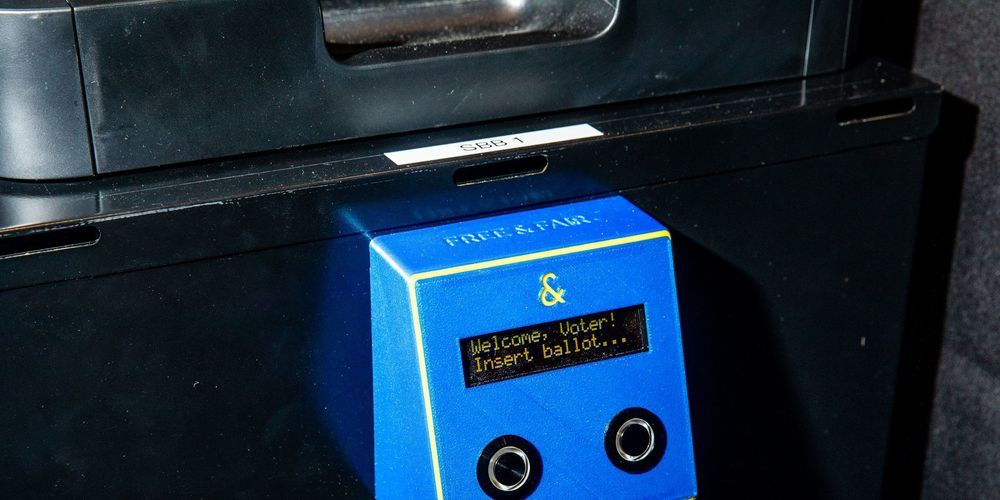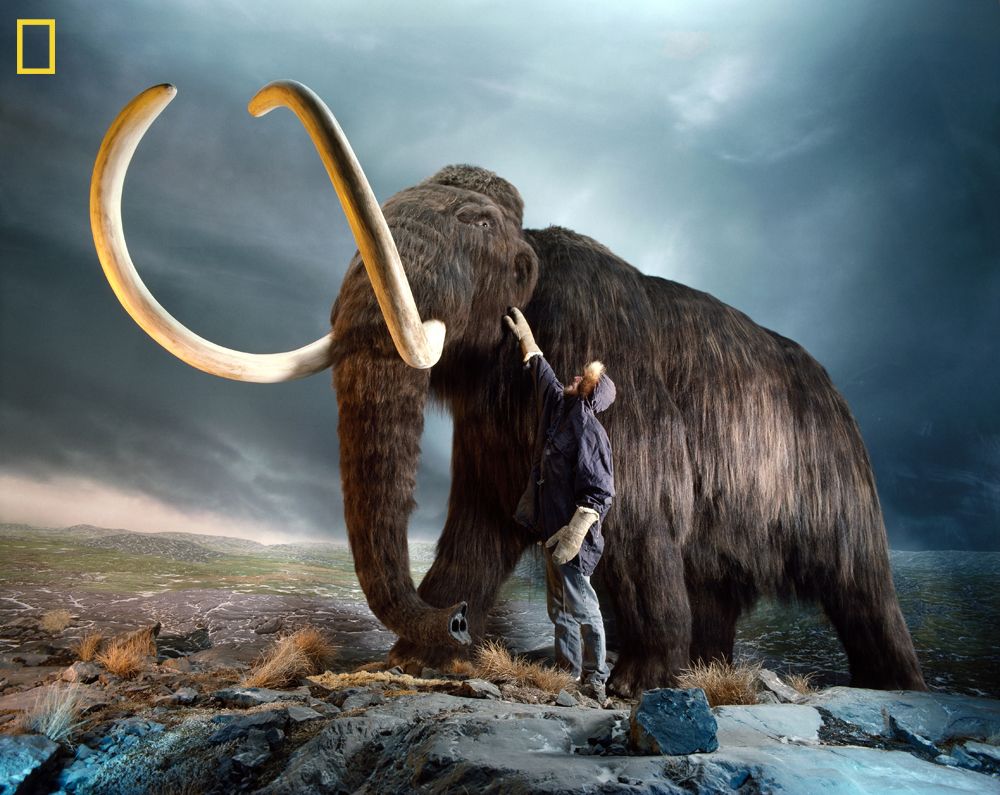Understanding the workings of our minds is one of science’s greatest challenges. With the help of flashing lights and materials used in diapers, we could find out what thoughts are made of.
With a “hello,” Microsoft and UW demonstrate the first fully-automated DNA data storage and retrieval system. Photo: Microsoft.
When Stephen Hawking wanted to speak, he chose letters and words from a synthesiser screen controlled by twitches of a muscle in his cheek.
But the painstaking process the cosmologist used might soon be bound for the dustbin. With a radical new approach, doctors have found a way to extract a person’s speech directly from their brain.
The breakthrough is the first to demonstrate how a person’s intention to say specific words can be gleaned from brain signals and turned into text fast enough to keep pace with natural conversation.
PITTSBURGH, Aug. 12, 2019 /PRNewswire/ — Carnegie Mellon University’s competitive hacking team, the Plaid Parliament of Pwning (PPP), just won its fifth hacking world championship in seven years at this year’s DefCon security conference, widely considered the “World Cup” of hacking. The championship, played in the form of a virtual game of “capture the flag,” was held August 8–11 in Las Vegas.
PPP now holds two more DefCon titles than any other team in the 23-year history of DefCon hosting the competition.
“If you’re wondering who the best and brightest security experts in the world are, look no further than the capture the flag room at DefCon,” says David Brumley, a professor of Electrical and Computer Engineering at Carnegie Mellon, and the faculty advisor to the team.
For the last two years, hackers have come to the Voting Village at the Defcon security conference in Las Vegas to tear down voting machines and analyze them for vulnerabilities. But this year’s village features a fancy new target: a prototype of a so-called secure voting machine, created through a $10 million project at the Defense Advanced Research Projects Agency. You know it better as DARPA, the government’s mad science wing.
There are some extinct species — such as the woolly mammoth, shown above — that may be brought back to life if scientists can overcome some practical hurdles and thorny ethical questions. This gallery shows six of the species that researchers talked about reviving at a March 2013 forum called TEDxDeExtinction in Washington, D.C.
This photo shows a museum worker inspecting a replica of a woolly mammoth.
Thylacines, or Tasmanian tigers, were found throughout most of the Australian island of Tasmania before Europeans settled there in 1803.
The Phoenix Earthship is a self-sustaining microclimate that features a fish pond, jungle, turtles, birds, a chicken coop and off-grid lodgings. See more.
We can probably all agree on one thing: that technological gadgets are becoming smaller and smaller by the day. Now, contact lenses are getting smarter – well soon – and all thanks to nanotechnology.
Iron Ox has just opened its first fully automated farm in San Carlos, California. The company claims that their hydroponic system can produce 30 times the yield per acre of land comparing to traditional farms, while using 90% less water.
► Subscribe for more tech & culture videos: http://on.mash.to/subscribe ◄
MORE FROM MASHABLE
• Video — https://youtu.be/6ElleCub6uM
• Video — https://youtu.be/jAu1ZsTCA64
• Video — https://youtu.be/W8T6fYt9-tA
Best of playlist: https://on.mash.to/BestOf
MASHABLE ACROSS THE WEB
Mashable.com: http://on.mash.to/1hCcRpl
Facebook: http://on.mash.to/2lyOwmZ
Twitter: http://on.mash.to/1Udp1kz
Instagram: http://on.mash.to/1U6D40z
Mashable is for superfans. We’re not for the casually curious. Obsess with us.
Another Vertical Garden post from Amber. Read more about this topic on Garden Culture Magazine.
